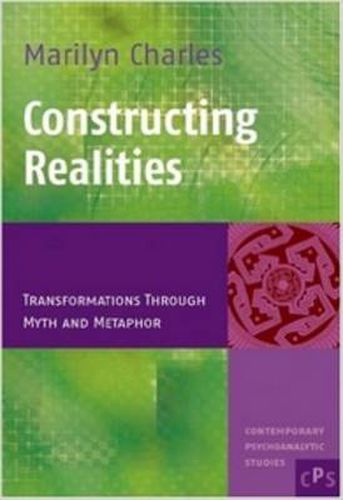Readings Newsletter
Become a Readings Member to make your shopping experience even easier.
Sign in or sign up for free!
You’re not far away from qualifying for FREE standard shipping within Australia
You’ve qualified for FREE standard shipping within Australia
The cart is loading…






One of the challenges in psychoanalytic work is to find ways to enliven the space when working with individuals whose thinking is highly constrained and who have little capacity for play. This incapacity often signals a split between valued and devalued aspects of self. In cases such as these, self-protection becomes paramount and may profoundly impede growth, as whatever is not known is perceived as dangerous, rather than being a challenge that invites further development. For the therapist who must create aliveness within the consulting room, we are caught by the very real threat that this aliveness poses to the defensive structures on which the patient’s equilibrium rests. Movement thus can be quite precarious. In this volume, Marilyn Charles considers how notions of play and myth , as brought into the literature by Winnicott and Bion, can help to provide an interim space in which impossible realities can be constructed at a safe enough reserve that we can more actively consider them and thereby create possibilities, rather than foreclosing on them.
$9.00 standard shipping within Australia
FREE standard shipping within Australia for orders over $100.00
Express & International shipping calculated at checkout
One of the challenges in psychoanalytic work is to find ways to enliven the space when working with individuals whose thinking is highly constrained and who have little capacity for play. This incapacity often signals a split between valued and devalued aspects of self. In cases such as these, self-protection becomes paramount and may profoundly impede growth, as whatever is not known is perceived as dangerous, rather than being a challenge that invites further development. For the therapist who must create aliveness within the consulting room, we are caught by the very real threat that this aliveness poses to the defensive structures on which the patient’s equilibrium rests. Movement thus can be quite precarious. In this volume, Marilyn Charles considers how notions of play and myth , as brought into the literature by Winnicott and Bion, can help to provide an interim space in which impossible realities can be constructed at a safe enough reserve that we can more actively consider them and thereby create possibilities, rather than foreclosing on them.